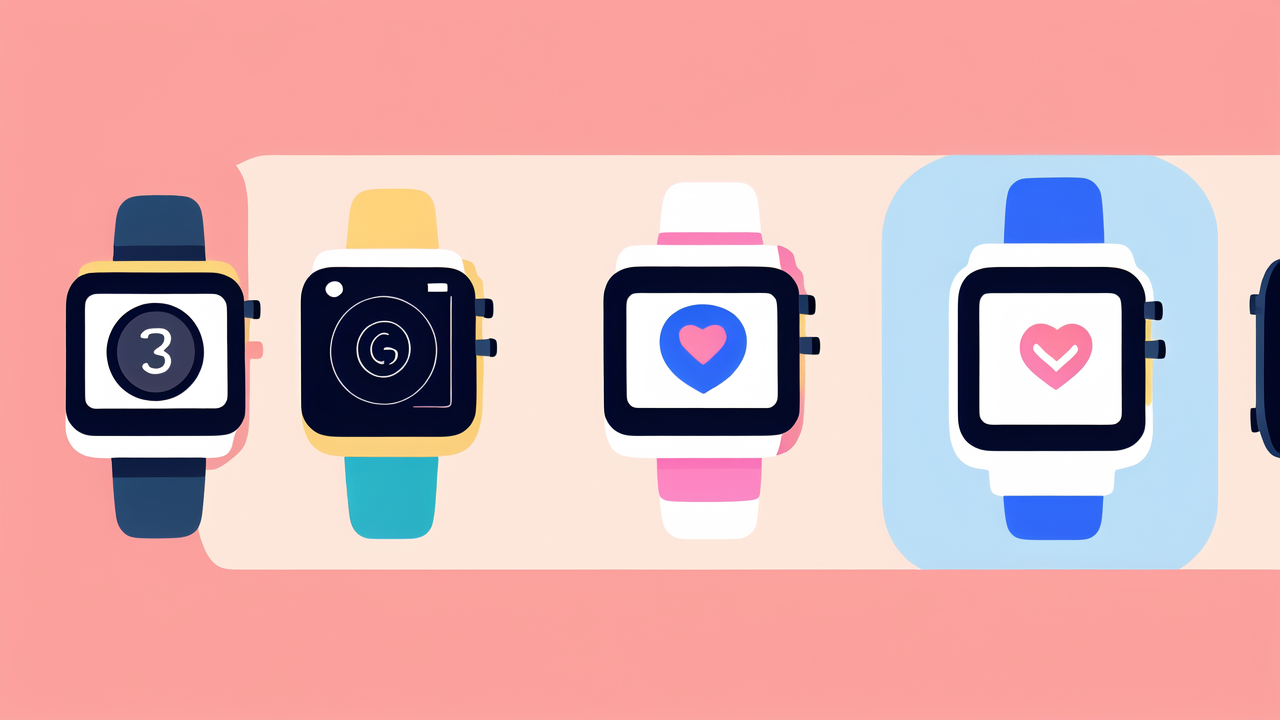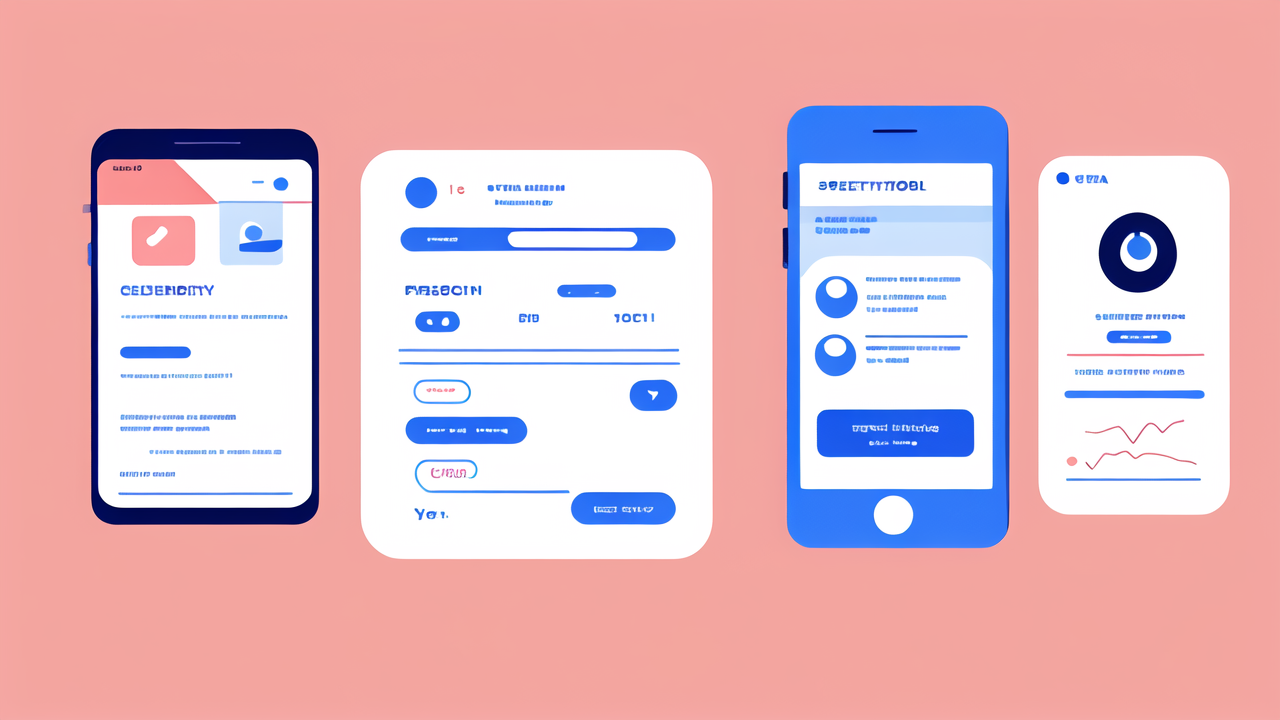The Rise of Wearable Technology in Health and Wellness
Understanding the Fitness Wearable Market Dynamics
The fitness wearable market has seen explosive growth in recent years. Smartwatches and fitness bands have become must-have gadgets for health-conscious consumers. These devices offer a range of features, from step counting to heart rate monitoring.

The market is driven by increasing health awareness and the desire for personalized fitness data. Wearables provide real-time feedback, motivating users to stay active and reach their goals. The convenience of tracking health metrics on-the-go has made these devices popular among all age groups.
As technology advances, wearables are becoming more accurate and affordable. This has led to wider adoption and a more competitive market. Companies are constantly innovating to stay ahead, resulting in better products for consumers.
Key Players and Innovations in the Wearable Industry
Several brands dominate the wearable fitness market. Apple Watch leads in smartwatches, while Fitbit excels in fitness trackers. Garmin is popular among serious athletes for its advanced features. Other notable players include Samsung, Xiaomi, and Huawei.
These companies are pushing the boundaries of what wearables can do. Recent innovations include:
- ECG monitoring for heart health
- Blood oxygen level tracking
- Sleep quality analysis
- Stress management features
- GPS tracking for outdoor activities
Some devices now offer features like menstrual cycle tracking and fall detection. This shows how wearables are becoming more comprehensive health tools. The focus is shifting from just fitness to overall wellness and preventive healthcare.
Consumer Adoption and Market Trends in the United States
The United States is a leading market for wearable fitness devices. A growing number of Americans are using these gadgets to monitor their health and fitness. The trend is particularly strong among millennials and Gen Z consumers.
Key market trends include:
- Integration with smartphones and health apps
- Subscription-based services for personalized coaching
- Emphasis on design and fashion alongside functionality
- Growing interest in non-wrist wearables like smart rings and clothing
Insurance companies are also taking notice. Some offer incentives for using fitness trackers, seeing them as tools for promoting healthier lifestyles. This could further drive adoption in the coming years.
The Impact of Wearable Trackers on Fitness and Lifestyle
Enhancing Personal Fitness Regimens with Data-Driven Insights
Wearable trackers have revolutionized how people approach fitness. These devices provide a wealth of data, allowing users to make informed decisions about their health. By tracking steps, calories burned, and heart rate, wearables offer a complete picture of daily activity.

Users can set personalized goals and monitor their progress in real-time. This immediate feedback acts as a powerful motivator. Many find that seeing their stats improves their commitment to fitness routines.
Advanced features like workout suggestions and recovery time recommendations add value. These insights help users optimize their training and avoid overexertion. For runners and cyclists, GPS tracking offers detailed analysis of routes and performance.
Lifestyle Coaching and Behavioral Change through Wearables
Wearables are not just about tracking; they're about changing habits. Many devices now offer lifestyle coaching features. These can include reminders to move, breathe, or drink water throughout the day.
Sleep tracking has become a key feature in promoting overall wellness. By analyzing sleep patterns, wearables can suggest ways to improve sleep quality. This holistic approach to health goes beyond just physical fitness.
Some wearables now include stress management tools. These might offer guided meditation sessions or breathing exercises. By addressing mental well-being, these devices are taking a more comprehensive approach to health.
Wearables in the Workplace: A New Era for Wellness Programs
Companies are increasingly incorporating wearables into their wellness programs. This trend is driven by the potential for improved employee health and productivity. Many businesses offer fitness trackers as part of their benefits package.
Workplace challenges using wearables can boost team morale and encourage healthy competition. Employees might compete for the most steps or active minutes in a week. This gamification of fitness can make workplace wellness more engaging.
However, privacy concerns must be addressed. Companies need to be transparent about data usage and ensure employee consent. When implemented thoughtfully, wearables can contribute to a healthier, more productive workforce.
Future Trends and Considerations in Wearable Technology
The Integration of AI and Machine Learning in Wearable Devices
Artificial Intelligence (AI) and Machine Learning (ML) are set to transform wearable technology. These technologies can analyze vast amounts of data to provide more personalized insights. AI-powered wearables might soon offer predictive health alerts and tailored fitness plans.

Future devices could detect early signs of health issues before symptoms appear. For example, changes in heart rate patterns might indicate stress or illness. ML algorithms could learn from user data to provide increasingly accurate health predictions.
Voice assistants integrated into wearables are likely to become more sophisticated. This could make interacting with devices more natural and hands-free. As AI improves, wearables may become proactive health advisors, not just passive trackers.
Addressing Privacy and Security Concerns in Wearable Fitness
As wearables collect more sensitive health data, privacy and security become crucial concerns. Users want assurance that their personal information is protected. Companies must prioritize data encryption and secure storage to maintain trust.
Transparency in data usage is essential. Users should have clear information about what data is collected and how it's used. Options for controlling data sharing, especially with third parties, are becoming more important.
Regulatory bodies are taking notice of these issues. Future regulations may set stricter standards for data protection in wearable devices. Companies that prioritize user privacy are likely to gain a competitive edge in the market.
Predicting the Next Big Thing for Wearable Fitness Gadgets
The future of wearable fitness gadgets looks exciting and diverse. Some potential trends include:
- Non-invasive glucose monitoring for diabetics
- Hydration tracking through skin sensors
- Advanced posture correction features
- Integration with smart home devices for holistic health tracking
- Emotional state monitoring based on physiological signals
Wearables may expand beyond wrists to other body parts. Smart clothing with embedded sensors could provide more comprehensive body data. Earbuds might offer biometric tracking alongside audio features.
As technology advances, wearables are likely to become more seamlessly integrated into daily life. The goal is to provide valuable health insights without being intrusive or cumbersome. The next generation of devices will likely focus on being both more powerful and more discreet.




Leave a comment
This site is protected by hCaptcha and the hCaptcha Privacy Policy and Terms of Service apply.